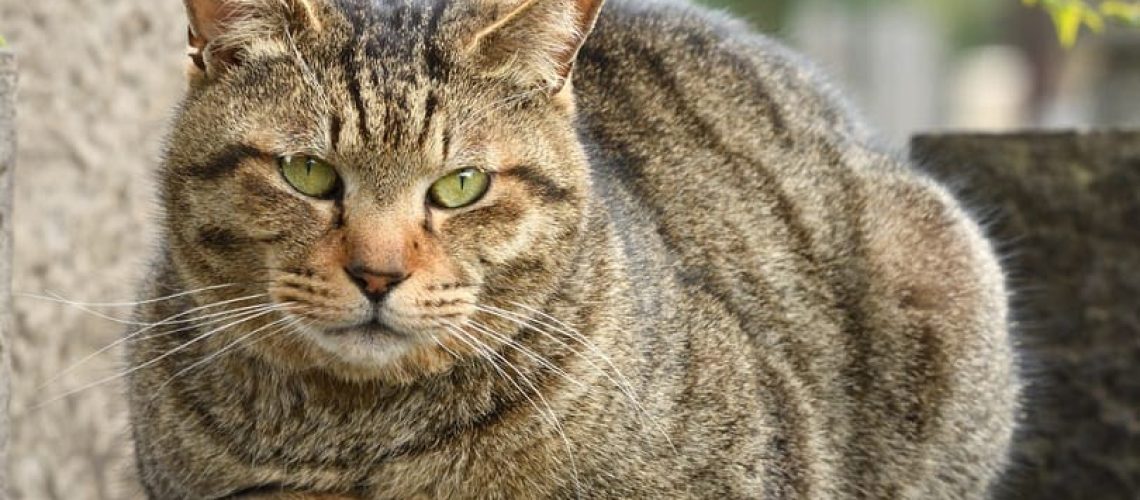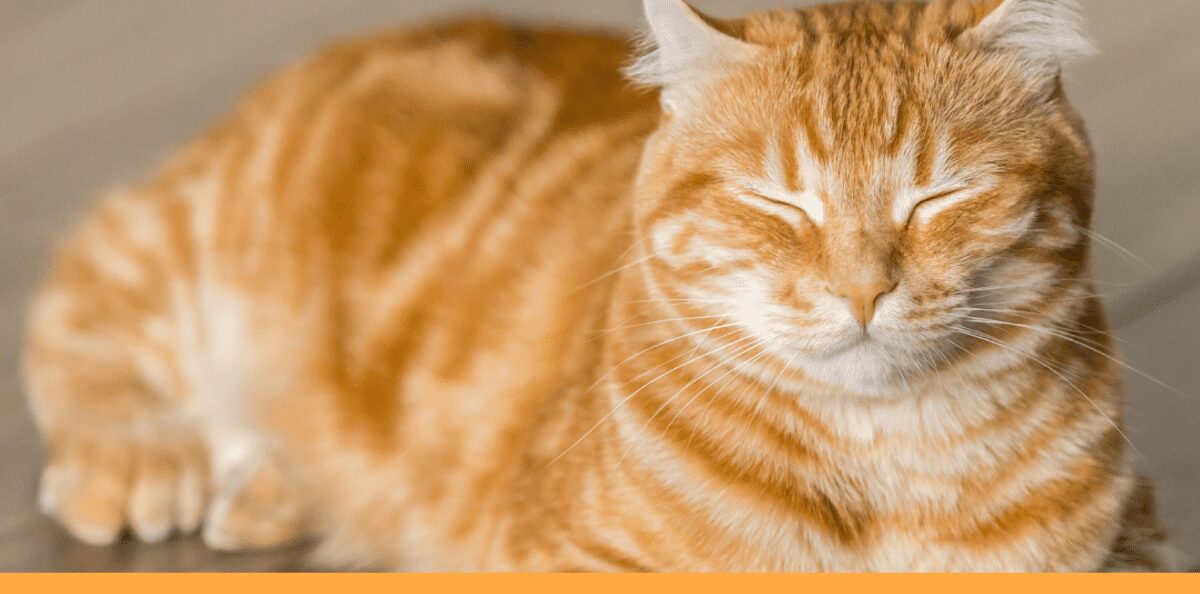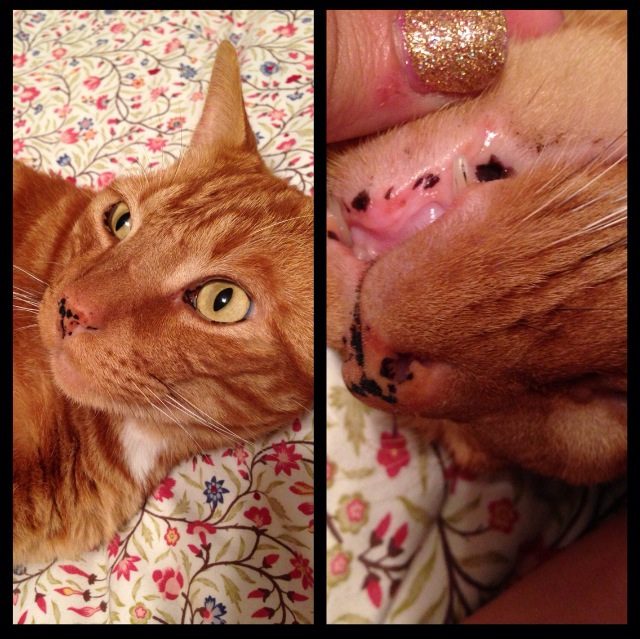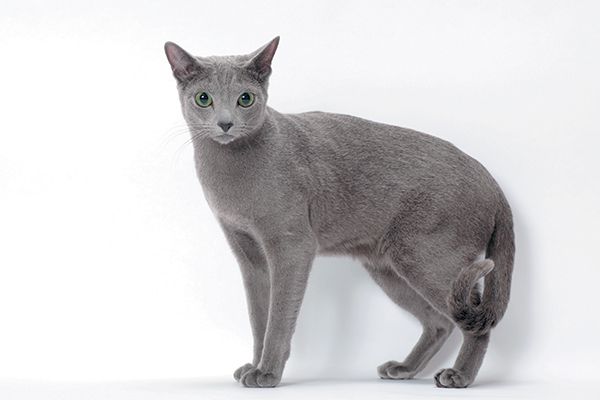Get ready to be whisked away into a world where cuteness meets curiosity and where every meow tells a story. Let's begin this purrfect journey together!
Key Takeaways:
- Tabby cats are not a specific breed, but rather a coat pattern that can be found in various breeds.
- The tabby coat pattern is characterized by stripes, swirls, and spots on the cat's fur.
- Tabby cats are known for their friendly and sociable nature, making them great companions for families and individuals alike.
- They come in different colors such as brown, gray, orange, and even silver or blue.
- Tabby cats have been around for centuries and are one of the most common domesticated cat patterns worldwide.
What is a tabby cat?
A tabby cat is a type of domestic cat that is known for its distinctive coat pattern. Tabby cats have a unique combination of stripes, spots, and swirls on their fur. They are one of the most common types of cats found all over the world.
Types of tabby patterns
There are four main types of tabby patterns:
- Mackerel: This pattern has narrow stripes that run parallel to each other down the cat's body, resembling fish bones.
- Classic: Also known as "blotched," this pattern has large swirling patches on the cat's sides and back.
- Spotted: As the name suggests, this pattern consists of distinct spots scattered across the cat's coat.
- Ticked: This pattern appears as if each individual hair is striped with different colors, giving the cat a shimmering effect.
Tabby or breed?
It's important to note that "tabby" refers to a coat pattern and not a specific breed. Many different breeds can have tabby patterns, including Maine Coons, Bengals, and Abyssinians. So, if you see a cat with a tabby coat, it doesn't necessarily mean it belongs to any particular breed.
Identifying a tabby cat based on appearance
Tabby cats can be easily identified by their distinct coat patterns. Look for stripes, spots, or swirling patches on their fur. However, not all cats with these markings are tabbies. Some other breeds may also have similar patterns but are not considered true tabbies.
Distinguishing features
In addition to their coat patterns, tabby cats often have other distinguishing features:
- M-shaped mark on their forehead
- Whisker pads with dark lines
- Distinctive "bullseye" pattern on the sides of their body
Eye color and coat variations
Tabby cats can come in a variety of colors, including brown, gray, orange, and even silver. Their eye color can also vary, ranging from green to amber to blue.
The origin of tabby cats
The history of tabby cats dates back thousands of years. The term "tabby" is believed to have originated from the word "atabiy," which means silk in Arabic. Tabby cats were highly valued for their soft and luxurious fur.
Ancient Egyptian connection
Tabby cats were particularly revered in ancient Egypt. They were considered sacred and often depicted in artwork and sculptures. Egyptians believed that tabbies brought good luck and protected against evil spirits.
Spread across the world
Over time, tabby cats spread across different parts of the world through trade routes and exploration. They became popular companions for sailors due to their ability to catch mice and rats on ships.
Tabby cats: Friendly and sociable pets
If you're looking for a friendly and sociable pet, a tabby cat might be the perfect choice for you. Tabbies are known for their outgoing personalities and love being around people.
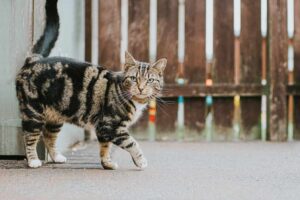
Affectionate nature
Tabbies are often described as affectionate and enjoy cuddling with their owners. They are known to be loyal companions who form strong bonds with their human family members.
Playful and energetic
Tabby cats have a playful and energetic nature. They love interactive toys and games, which help keep them mentally stimulated and physically active.
Common health issues in tabby cats
Like all cats, tabbies can be prone to certain health issues. It's important to be aware of these conditions so you can provide the necessary care for your furry friend.
Obesity
Tabbies, like many other domestic cats, can easily become overweight if they are overfed or not given enough exercise. Obesity can lead to various health problems, such as diabetes and joint issues.
Dental problems
Poor dental hygiene can cause dental diseases in tabby cats. Regular teeth brushing and providing appropriate chew toys can help prevent tartar buildup and gum disease.
Variety of colors and patterns in tabby cats
Tabby cats come in a wide range of colors and patterns, making each one unique and beautiful. Here are some common color variations you might find:
Brown tabbies
Brown tabbies are the most common type of tabby cat. They have a warm brown base coat with darker brown or black stripes or spots.
Orange tabbies
Orange tabbies, also known as "ginger" or "marmalade" cats, have a bright orange coat with distinct darker orange or red markings.
Taking care of your tabby cat for its well-being
To ensure your tabby cat remains healthy and happy, there are several essential aspects of care to consider:
Nutritious diet
A balanced and nutritious diet is crucial for your tabby cat's overall well-being. Consult with a veterinarian to determine the appropriate type and amount of food for your cat's specific needs.
Regular veterinary check-ups
Regular visits to the veterinarian are essential to monitor your tabby cat's health and catch any potential issues early on. Vaccinations, parasite prevention, and dental check-ups should be part of their routine care.
Mental and physical stimulation
Tabbies are active cats that require mental and physical stimulation. Provide them with toys, scratching posts, and interactive playtime to keep them entertained and prevent boredom.
Grooming
Regular grooming is important for maintaining your tabby cat's coat. Brushing their fur helps remove loose hair and prevents matting. Additionally, occasional nail trimming and ear cleaning should be part of their grooming routine.
In conclusion, the tabby cat is a popular and friendly breed known for its distinctive coat patterns. They make great companions and are easy to care for, making them a wonderful choice for any cat lover.
Is there anything special about tabby cats?
Tabbies are known for being both affectionate and intelligent. These special animals thrive on affection and require a lot of attention and cuddles.
What is the rarest in tabby cat?
The Ticked Tabby is a unique cat breed that has multiple colors on each strand of their hair, which softens the traditional tabby markings. According to Lyons, the ticked tabby is the rarest among the group, and a good example is the Abyssinian, also known as a "tabby Aby."
What breed are tabby cats usually?
The coat pattern known as "Tabby" is not a specific breed of cat but rather a pattern that can include stripes, whorls, spots, and other variations. Tabby cats often have an "M" shaped marking on their heads, above their eyes.
What do tabby cats love the most?
Tabby cats are known for being sociable creatures and enjoy being around their human families. They typically crave attention and like to be the focus of their owner's affection. The way a tabby cat is raised can influence its behavior, but if it is a domestic breed, it will likely be curious and interested in interacting with visitors.
How loyal are tabby cats?
Tabby cats are affectionate and devoted companions who enjoy spending time with their owners, whether it's cuddling on their lap or playing with toys. They love being close to their owners, almost like a shadow, and would greatly appreciate a comfortable cat bed placed next to their owner's chair or desk to be in their presence as much as possible.
What is the lifespan of a tabby cat indoors?
Tabby cats are a beloved type of cat, and people often wonder about their lifespan. On average, tabby cats can live anywhere from 12 to 15 years, although some can live even longer, reaching 18 years or more.



